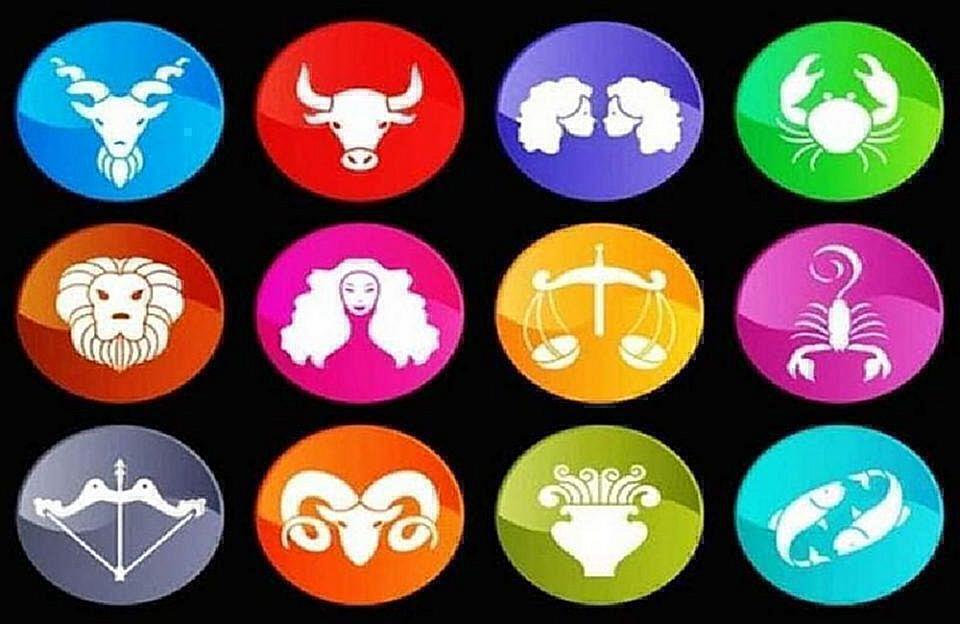Australia’s shocking Olympic truth
Written by admin on July 27, 2024
Australians are known for punching above our weight on the world stage, but new research suggests we might be just scratching the surface of our Olympic medal tally potential.
One in three Aussie kids dream of being Olympians but limited resources and access means they only play two of the 40 medal-winning sports regularly, new research says.
It has found 20 per cent of primary school-aged children don’t participate in Olympic sports, with almost half of parents surveyed saying costs were a factor.
Melbourne mum Diana’s two daughters, Natasha (10) and Odessa (seven), are involved in basketball, tennis, swimming and athletics between them outside of school.
Diana said her girls are passionate about sport and would do more if not for the time and fees associated with such a packed schedule.
“We’ve had to rely on grandparents and others to get them to their sports because they’re (the activities) not at school,” she said.
“We just can’t do everything from a time and cost perspective.”
She said her daughters were excited for the Olympics and dream of becoming professional athletes themselves one day.
In the survey of 1001 Aussies parents, commissioned by sport equipment company Decathlon, the most played sports for ages five to 12 were largely as expected.
They were aquatics (37.2 per cent), football/soccer (30.4 per cent), basketball (15.5 per cent) and athletics (15 per cent).
The least played sports in the same age group were archery (2.8 per cent), golf (2.4 per cent), skateboarding (3 per cent) and surfing (2.4 per cent).
One in five parents said their children did not play new sports because they don’t have access to the equipment.
The majority of parents – 85.3 per cent – said their children would be interested in trying new sports if they were more accessible.
Alan Hely, a sports psychologist from Sydney City Psychology, said the results suggested the nation could have a generation of undiscovered talent in the waiting.
“There’s so much opportunity for Australia to be on more podiums if our young kids are trying and regularly playing a more diverse set of sports,” he said.
“With the average age of elite athletes being 26, there’s a huge potential for future games and beyond if we start working with primary-aged children now.”
Australia’s ‘narrow focus’
Steve Georgakis, an expert from the University of Sydney, says although there is a correlation between participation and finding athletes, “numbers don’t equal success”.
Dr Georgakis said funding was just as – if not more – important to performance at the Games, with number crunchers focusing on where medals could be won.
“Something like swimming, we do have higher rates of participation,” he said.
“But we also have a system which is very, very professionalised where the swimmers have the best sports medicine and best support around the world.”
He said success in certain events led to ongoing funding for the programs, explaining why Australia traditionally did well in sailing and rowing events despite low participation figures.
De Georgakis agreed that Australia had a “narrow focus” on the sports we promoted, but expanding that would not be a guarantee of more medals.
“So the idea is that the more people you have playing, the more opportunity you have of finding athletes,” he said.
“But in this modern, commercialised era, it’s more related to funding than population.”
Dr Georgakis said population was also not a deciding factor, otherwise China or India “would win everything”.
That was borne out in the overall Summer Olympic Games performances of countries like Australia, with 547 medals and a current population of 26 million, and even smaller nations like our neighbours New Zealand (137 medals, 5.4 million people).
Other countries such as Denmark (205 medals), Jamaica (88), Switzerland (206) and Finland (305) have all historically achieved strong results with populations of nine million or less.
For comparison, China has won 636 medals in its Summer Olympic campaigns despite boasting a population greater than Europe, the UK and the US combined.
Dr Georgakis expects Australia to achieve a top five place on the medal tally in Paris, with most to come from the pool.
What the data says
The latest data from the official sport information platform for Australia’s governments and major bodies paints a more rosy picture than the Decathlon study on a participation level.
Clearinghouse for Sport research for the year to June 2023 shows 52 per cent of children aged 14 and under (about 2.6 million people) took part in out-of-school sport or recreation at least once per week.
For organised team sports, the figure sat about 44 per cent or just over 2.2 million children.
The data shows seven of the top 10 sports played by male children were Olympic sports – swimming, football/soccer, basketball, gymnastics, tennis, running/athletics and rugby union.
For females aged 14 and under, there were six Olympic disciplines among the most popular activities, being swimming, football/soccer, basketball, gymnastics, tennis and running/athletics.
Decathlon’s study has coincided with the launch of an initiative dubbed Playgrounds and Podiums, which can see schools win a share of $100,000 in sport equipment.
“We believe in the transformative power of sports and want to make it as accessible as possible for our young kids to try lots of different sports,” chief executive Romain Gravigny said.
All schools that apply will be awarded a “bronze” prize of a 10 per cent discount on equipment from the retailer.







